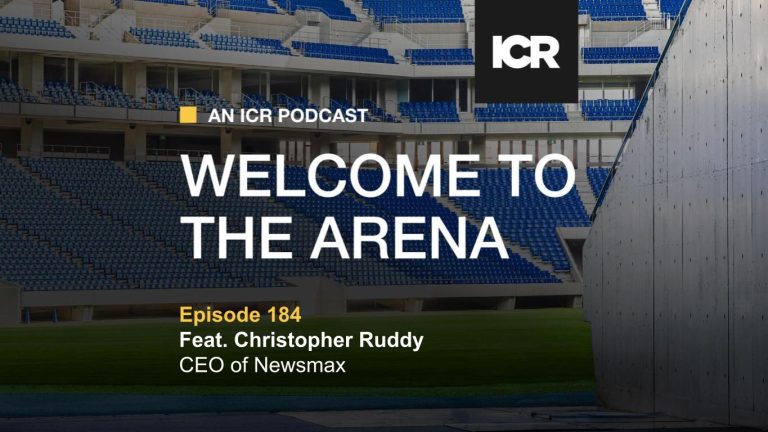In 2022 we saw the continued evolution of 3D printing, also known as additive manufacturing, as it transitions from primarily prototyping to widespread use in manufacturing at scale. The great strides made on the technology front mean that today’s printers are able to provide manufacturers with parts that are faster to develop, more accurate, lower cost, and closer to the point of application. Strong double-digit industry growth of over 20% is projected over the next decade as the technology becomes more widely adapted and its role in manufacturing expands. With generally healthy balance sheets and a host of new offerings, the 3DP industry looks to accelerate adoption in manufacturing processes in 2023 and beyond if the global economic climate does not enter a recession.
During this ongoing multi-year industry transformation, a number of headwinds remain, which muted growth in 2022. Specifically, concerns about customers’ capital budgets, questions about utilization of existing systems, a slowdown in the important dental end market from consumer discretionary spending, supply chain and distribution issues to produce machines, along with rising financing costs and inflation have all weighed on the sector.
Over the last few years, the industry’s presence in the public markets has expanded greatly as multiple companies came public. However, share performance in 2022 has been challenged as investors search for signs of sustained demand that translates into strong revenue growth and profitability. Investors and other stakeholders in the additive manufacturing sector should keep an eye on the following key data points heading into 2023:
Impact of inflationary concerns and economic slowdown on capital spending by customers: Perhaps the greatest overhang for the industry is largely out of its control, namely the impact that high inflation, challenging foreign exchange rates, and recessionary concerns are having on their customers’ capital budgets. The industry has aggressively worked to combat the challenges through by introducing many new technologies, systems and materials to spur adoption rates. Companies continue to see the benefits of additive manufacturing, particularly during times of logistics constraints, but the decision to buy large numbers of capital intensive 3DP machines potentially remains at risk until macroeconomic headwinds start to diminish.
Ongoing penetration by 3D printing in healthcare, particularly dental: 3D printing is well suited for an expanding number of end markets, and healthcare is both a natural fit and has been an early mover in adaptation. Additive manufacturing has many direct applications across healthcare, from surgical prep to anatomic modeling to the production of highly specialized devices. The dental industry, in particular, has been a leader in bringing 3D printing to the end user, and areas like dentures show particular promise with a correspondingly large total addressable market. A potential overhang however exists as many of the procedures, particularly in dental/orthodontics, fall under discretionary spending by the consumer and are likely to remain challenged during uncertain economic times.
Increasing attractiveness of 3D printing to address global logistical challenges: Throughout the pandemic, challenges to supply chains, availability of materials, and constrained logistics impacted manufacturers globally. With the ability to produce manufactured parts anywhere in the world from a digital file, not to mention the faster development time and lower potential overall cost, 3D printing has helped companies overcome many of those challenges and bring products to market. So, in many ways, a number of the challenges facing the industry today are also ultimately reasons to expand its use in the future. Additionally, use of 3D printing to disperse manufacturing has the added benefit of lowering transportation needs, thereby providing a means to improve a manufacturer’s margins and environmental footprint.
Consumables sales as a proxy for system utilization and a leading indicator for future hardware demand: 3D printing systems tend to have a large up-front cost and come with several quarters to a few years of initial consumables supplies. As that initial stock is used up, customers replenish with the purchase of new materials, either from the original manufacturer or from third parties depending on how open a particular system may be. Investors of late have been keen on any indications around consumables sales as they attempt to gauge how much recent systems sold are being utilized, and if that pace of utilization may translate to potentially more hardware sales. Consumables and services tend to be higher margin than the original systems themselves. Thus, strong consumables sales are typically viewed positively by investors, while year-over-year declines can be interpreted as underutilization of new systems and result in pressure on overall margins.
What will it take to get investors to care again about an out-of-favor sector? The 3D printing industry has roughly a dozen publicly traded companies with a variety of offerings across technology, material, and end market application. And while balance sheets are generally robust (nearly all are in a net cash position), profitability has been hard to come by. As new industries adapt additive manufacturing and existing ones expand its use, top line growth and improving margins should result in more profitable companies that command more attractive valuations. We will be watching to see if 2023 is an inflection point when the promise and implementation of 3D printing overcomes near-term macro-driven concerns in its drive to be a foundational part of manufacturing at scale.
Follow the entire ICR 2023 trends series on the ICR Insights blog.



